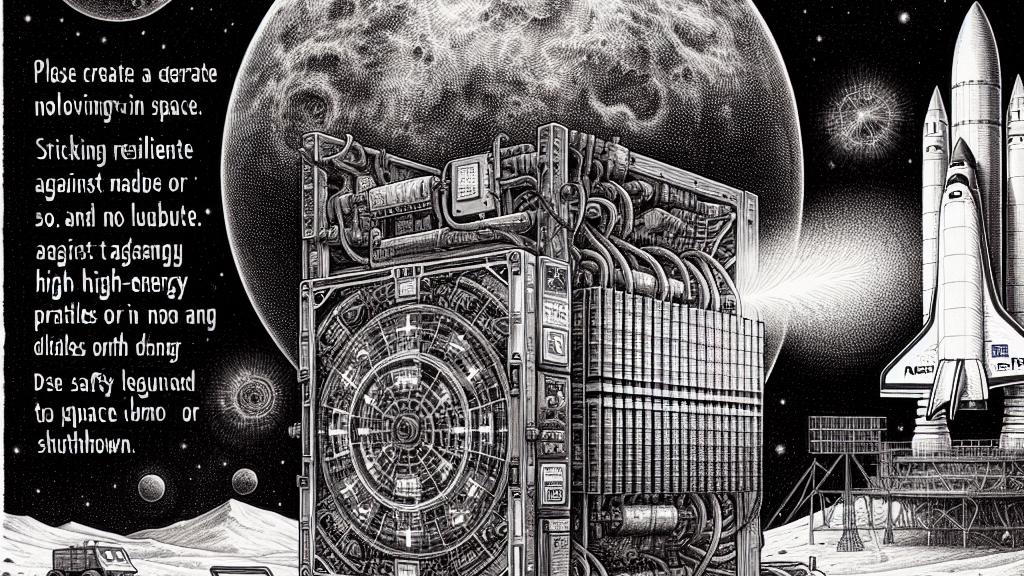NASA's New Technology to Protect Computers from Radiation in Space
Overview
- NASA's innovative Radiation Tolerant Computer (RadPC) is set to revolutionize space exploration with cutting-edge technology.
- Designed to withstand the perils of ionizing radiation, RadPC is a key player in ensuring mission success.
- This advancement promises not only improved astronaut safety but also unlocks new horizons for lunar and Martian missions.

A Bold Step Forward with RadPC
Get excited because NASA is on the brink of something spectacular! The Radiation Tolerant Computer, affectionately known as RadPC, is scheduled for its inaugural mission in 2025. This isn’t just another piece of tech; it’s a groundbreaking advance designed to withstand the unforgiving reality of space. Imagine a high-energy particle, capable of causing catastrophic failures, strikes a spacecraft, leading to data loss or complete shutdown. Enter RadPC, a robust computer engineered to combat these dangers. It’s poised to demonstrate not only remarkable resilience but also recovery from the effects of radiation, setting a new standard for safety in space exploration—especially vital for future journeys to the Moon and Mars.
Engineering Marvel: How RadPC Operates
So, how does RadPC manage to thrive amid intense radiation? The secret lies in its intelligent design, blending redundancy with cutting-edge tech. Think of RadPC as a finely-tuned orchestra: if one instrument falters, others seamlessly fill the gap, keeping the symphony alive. This innovative computer employs field-programmable gate arrays, enabling it to adjust and rewire in real-time. If a radiation particle strikes a component, RadPC can instantly identify the issue and implement repairs, almost like having a superhero in a movie who can heal quickly after facing an attack. This unique capability is not merely impressive but essential, as it safeguards life-support systems, navigation functions, and scientific data processing, ensuring that the entire mission stays on course.
A Multifaceted Mission: Scientific Benefits of RadPC
But there’s even more to the story! RadPC is not solely a guardian against radiation; it is also a valuable scientific tool. Equipped with dosimeters, it collects critical radiation data during its journey to the Moon—transforming speculative numbers into actionable insights. This isn’t just dry data. It’s like collecting clues that unveil the mysteries of space radiation, which could fundamentally enhance the safety protocols for future astronauts. While it performs its primary role of ensuring operational integrity, it simultaneously provides invaluable information to help plan safer missions, making breakthroughs in space exploration all that more thrilling!
Wider Impact: Technology Beyond Space
The far-reaching consequences of RadPC’s development can extend well beyond the realm of space travel. Consider this: the principles of radiation tolerance applied here could vastly improve medical devices, particularly those used in radiation therapy where safety and reliability are paramount. Additionally, in aviation, especially at high altitudes where radiation exposure is a concern, RadPC's innovations could enhance safety protocols. There’s also ongoing research into materials like gallium oxide, praised for its exceptional radiation resistance, which could signal a new era in electronics manufacture. By showcasing not just NASA’s pioneering efforts but also illustrating how space exploration can fuel advancements that enhance everyday life on Earth, RadPC radiates the promise of wonder and innovation.

Loading...